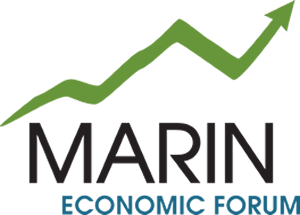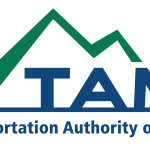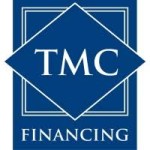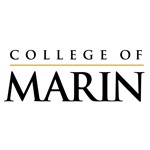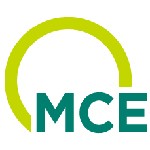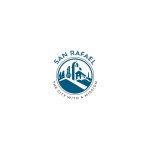09/2023 Blog Topic: Marin’s labor force shortage continues to be a challenge
September 2023
| Recent articles on the U.S. economy (including those from the Marin Economic Forum) have discussed the growing concern over a labor shortage that has persisted since the pandemic. Marin’s own labor force is down over 5% (about 6,500 workers), a figure that has remained since 2020. The Bureau of Labor Statistics reports there were over 8.8 million jobs open in August 2023 across the U.S. and anyone who has strolled one of Marin’s downtowns has noticed a “We’re Hiring!” sign in windows. it seems to be a problem that won’t go away, and here is why that is a concern for the Marin economy: Stifled Economic Growth: A prolonged labor shortage hinders economic growth by restricting the potential output of businesses. Economic growth in Marin is not about new buildings and more traffic – – it is about having a tax base of personal and business incomes that fund critical public services. The alternative to economic growth is higher costs or taxes to offset losses of traditional revenue sources. That would be even harder on our low-income residents. Inflationary Pressure: The labor shortage can lead to wage inflation as employers compete for a limited pool of talent. While an argument for higher wages in the costly Bay Area can be made, many of our small, locally serving businesses are price sensitive, meaning they cannot absorb higher costs without passing on to their customers or limiting operations. This is already occurring in local food and energy sectors as well as some basic healthcare services like the dentist. Skill Mismatch: As the labor market tightens, employers may struggle to find workers with the specific skills they need. This can lead to a skills gap, where available jobs and the skills of the workforce do not align. In Marin, we have many high-skilled residents that must seek employment elsewhere and a lot of demand for lower skilled jobs, which we cannot fill with the existing labor force. High skilled occupations in the trades sector do not have sufficient talent pipelines to meet demand, at a time where cities have pledged to build more homes. All three issues are pain points for Marin residents, whether they be business owners or employees. But solving these issues is difficult because Marin has unique challenges that exacerbate our own labor shortage issue, especially our high cost of living. These unique challenges do not allow us to take the most traditional approaches to labor shortages such as: Investing in Training: Regions that successfully combat labor shortages invest in training programs that align with the needs of local industries. However, in Marin our largest industry sectors are those with locally serving businesses, like foodservice, real estate, and retail sales, which are not attractive investments for training entities given the relatively lower wages paid. That makes it difficult to build talent pipelines to feed those industries. Attract and Retain Talent: Regions compete for talent by creating vibrant and livable communities and having a robust ecosystem of employers. Marin’s quality of life is a major draw to live or work here, but we do not possess those deep pools of firms that can motivate a young professional to locate here. With just a few companies in sectors like life science or technology, it can be a risk for an employee to relocate to Marin without multiple employer options. Immigration: Labor shortages can be mitigated by providing a legal pathway for skilled immigrants to work in the U.S. For example, Silicon Valley has benefited from a diverse and highly skilled immigrant workforce that has played a crucial role in its growth. The Bay Area has long been a magnet for immigrants and our region’s economic growth will depend on this population for the foreseeable future. Since these traditional approaches are not widely used (or available) in Marin, we are going to have to find other methods to grow our labor force, or suffer a decline in productivity, economic growth and potentially those very important revenues for public services. Some of the approaches that should be considered include business attraction that encourages firms to locate here, investment into local entrepreneurs that can grow businesses, especially those that utilize remote or distributed workforces or that require high-skilled and well compensated employees, and deeper partnerships between public sector, academia, and private sector to determine and build talent pipelines that respond to future growth opportunities. Our challenges are unique and require crowdsourced solutions. MEF is ready to convene leaders in Marin to collaborate in finding solutions to our labor force challenges. If you want to be part of the solution, I hope you will reach out and signal your interest (mblakeley@marineconomicforum.org). In our effort to responsibly share data and information with our external audiences, we pay careful attention to data and other privacy rights to ensure compliance. In some cases, this means we can cite a source but we are unable to include access to the source itself as a link, attachment or otherwise, and it also requires careful attention to the reuse of that data for our own purposes. |
Mike Blakeley, CEO
Marin Economic Forum
Tags: blog
